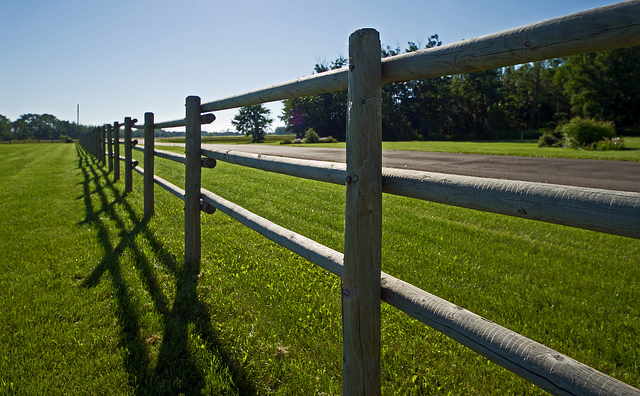 Brands are embracing proximity marketing as a way to engage with their audience and customers in unique, targeted, and personal ways. Thanks to mobile adoption and increased technologies, marketers are experimenting with all kinds of location-specific messaging — alerts and messages, coupons, local search, social media interactions and more.
Brands are embracing proximity marketing as a way to engage with their audience and customers in unique, targeted, and personal ways. Thanks to mobile adoption and increased technologies, marketers are experimenting with all kinds of location-specific messaging — alerts and messages, coupons, local search, social media interactions and more.
For brands with physical locations to use, geofencing is one of the options for proximity marketing. Geofencing creates a virtual fence around a specific area where companies can enable communications to mobile devices within the perimeter. Geofencing works through an app or a network-based geofence. When deciding which way to go, it really comes down to your budget and long term goals — if you’re looking to increase app engagement and mobile sales, you might want to build or leverage an app. If your budget is smaller or you there are no long term benefits of having an app, just use network capabilities.
One important thing to mention is the difference between geofencing and iBeacons. Geofencing is optimized for larger and outdoor locations, between 50 and 50,000 meters while beacons have a maximum range of 30 meters and are better used indoors. Beacons require special hardware to be installed, Bluetooth must be enabled and work on iPhone 4s or newer, and iOS 7 or newer. Geofencing does not require special hardware or connection to access points (though WiFi will create higher accuracy). Geofencing will work on iOS 5 or newer, and iPhone 4 or newer.
Location based marketing — whether utilized through geofencing or beacons — brings huge opportunities to marketers to increase ROI, build customer loyalty and reduce expenses. Since the messaging is locally-targeted and contextual, you can engage in meaningful ways. If sales are slowing down at a specific time, send a coupon. If you’re having a special event, send a reminder. Encourage your customers to connect on social media. And most importantly, use data to analyze and adjust your marketing campaigns.
Let us know how your brand is using geofencing!
Photo Credit: Doug Zwick
